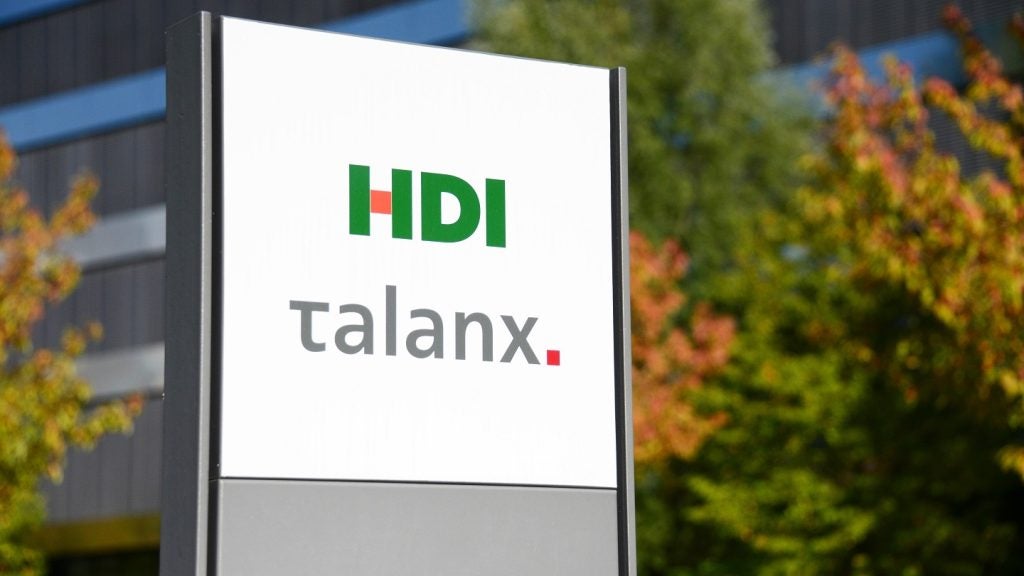In an effort to reach out to the
broader dual-registered registered investment adviser (RIA) market,
life insurers are turning to fee-based annuities. The goal is to
create hybrid products for producers transitioning from
commission-based products to fee-based income streams.
Allianz Life Insurance of North America became
the latest insurer to move in that direction, filing a registration
statement with the Securities and Exchange Commission for the
launch of a fee-based variable annuity, the Retirement ProSM
Variable Annuity.
Allianz, which also is considering the
introduction of a similar product next year for RIAs, designed its
fee-based product with an eye toward the increasing number of
so-called ‘hybrid advisers’ – registered with a Series 6 or 7
licence as well as a RIA license, who can sell a mix of commission
and fee-based work.
Allianz Retirement Pro will give clients
working with a fee-based adviser a new opportunity to add an
insured solution to their portfolio that’s specifically designed to
help them accumulate, preserve, and distribute their retirement
assets.
In the past, advisers were more
commission-based and RIAs were more fee-based, but the number of
fee-based advisers has doubled in recent years, Jasmine Jirele,
Allianz (North America) vice-president, market management and
product innovation told LII.
“A large piece of that is that advisers are
moving away from the wirehouses [multi-branch brokers] and deciding
to practice on their own, and that means they are moving toward a
fee-based model, but it’s hard to do overnight,” Jirele said.
How well do you really know your competitors?
Access the most comprehensive Company Profiles on the market, powered by GlobalData. Save hours of research. Gain competitive edge.

Thank you!
Your download email will arrive shortly
Not ready to buy yet? Download a free sample
We are confident about the unique quality of our Company Profiles. However, we want you to make the most beneficial decision for your business, so we offer a free sample that you can download by submitting the below form
By GlobalData“The challenge in moving from commissions
upfront, versus a fee-based model where you collect over time.”
Model’s consumer appeal
Jirele said that the current economic
uncertainty has more investors looking for a fee-based advisory
model, which allows for more financial planning.
“A lot of people are more willing than ever
before to sit down and start a fee-based, advisory model, and we
saw a couple of our large distributors building platforms for
advisory models,” she said.
Those distributors – LPO and Wells Fargo – are
building out into the dual-registered market, which features no
commission or fee paid out of the product.
Instead, the customer pays the producer
separately from the annuity product. The product has two
components, a base account designed to allow low-cost tax-deferral
and a wide array of investment options, and an Income Advantage
component with a guaranteed life benefit with a 50-50 equity/fixed
allocation.
“The customer can turn on income whenever they
like, and they can move money back and forth between the accounts
whenever they want,” Jirele said.
The cost of Allianz’ fee-based annuity could be
as high as 2.05%, according to the prospectus. That includes the
cost of a base account and income options, but does not account for
the cost of the investments and wrap fees, which can vary.
Allianz is far from alone in embracing
fee-based variable annuities. New York Life plans to launch a
fee-based version of its single-premium immediate annuity later
this year, and MetLife, the top seller of variable annuities, also
is considering a fee-based product.
Fee-based annuities have enjoyed a rocky past
in the US market. Earlier launches by major carriers, such as
Pacific Life Insurance, have met a mixed reception from
annuity-averse advisers.
A handful of smaller fee-based annuity
providers, such as Jefferson National Life Insurance, have
attracted a following among fee-based and fee-only advisers, but
their products come without living benefits and account for a very
small share of the market.
Insurers hope that by adjusting the
compensation structure of their products, the new annuities will
appeal to a wider circle of advisers.
To accomplish that, the VAs must adopt new
tactics, like New York Life’s new fee-based single-premium
immediate annuity, which has two compensation tracks.
One track allows broker-dealers to take a
trailing 25 to 50-basis-point commission on the annuity instead of
a one-time upfront commission, which the insurer pays.
The other track allows the annuity to sit in a
managed-account programme as a no-load immediate annuity. If held
this way, the broker-dealer puts a value on the single-premium
immediate annuity in order to assess a fee.
In a managed-account context, the immediate
annuity could replace traditional fixed-income assets, he said.
With the combination of immediate annuities and equities, you get
the best of all worlds: risk pooling and the efficiency of
generating income.
New York Life’s fee-based VA will be rolled out
to the insurer’s career agent force first, then to broker-dealers
by the end of the year.
Fee-based VAs are but one of the many
innovations in a market struggling to overcome the interest rates
that dictate fixed annuity returns, to say nothing of the volatile
equities markets where variable and indexed annuities derive much
of their value.
From new tweaks to living benefits to income
guarantees to revamped compensation structures, VAs are attracting
a great deal of creativity.
Companies such as The Hartford and Axa have
recently rolled out VAs with a fixed deferred investment option
designed specifically to generate an income stream. The Hartford
dubs it a “personal pension account”.
The contract holder decides how much to
dedicate to that fixed account, based on desired income level and
the targeted term of income payments, then the annuity company
tells the client how much to put into the fixed bucket to hit those
targets.
This much is certain: a simpler annuity chassis
is the wave of the future. The number of variable annuity product
changes peaked in May 2009 and has fallen off sharply since, as the
industry moved to make annuities more straightforward for consumers
and less risky for insurers. To do so, providers are taking steps
such as building living benefits into their base variable annuity
contracts, such as John Hancock’s AnnuityNote lifetime income VA,
which comes with a built-in 5% withdrawal guarantee for life.
That’s music to the ears of the growing ranks
of dual-registers advisers, who crave simplicity in the product
mix.







